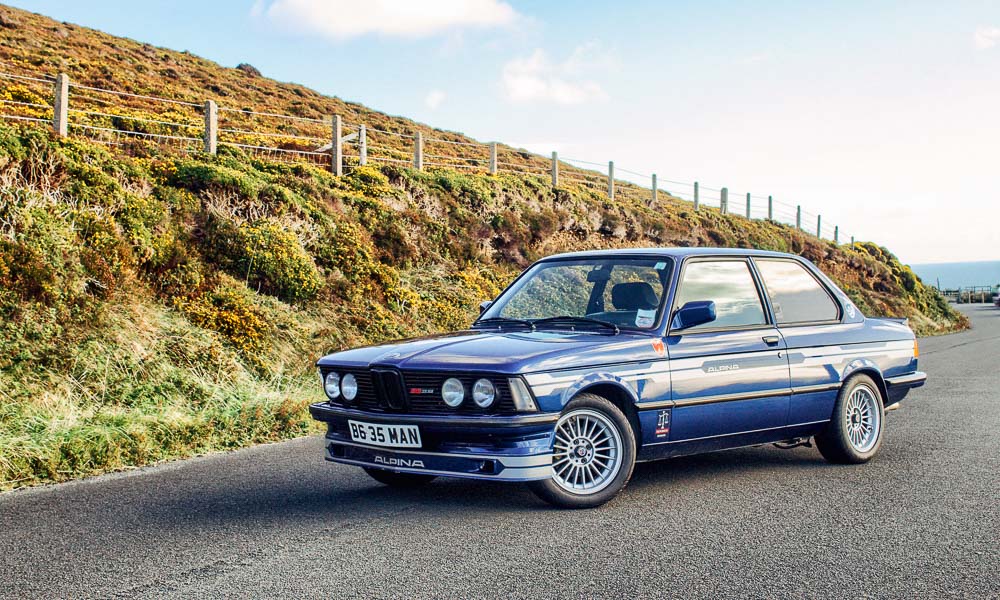
The other day, a friend of mine was selling his car, and asked me if I could help him take some pictures of it. He couldn’t drive it himself at the time, and needed a volunteer to get it to a scenic spot for some nice shots. The machine in question was an ultra-rare 1980 Alpina B6 2.8.
I snatched the keys from him faster than The Flash, and off we went for a spin on the speed-limit-free roads of the Isle of Man. While driving there, it struck me how different an experience commandeering this classic Bavarian beauty was. I had gotten so used to driving modern cars that going back to this pure type of motoring almost caught me off guard.
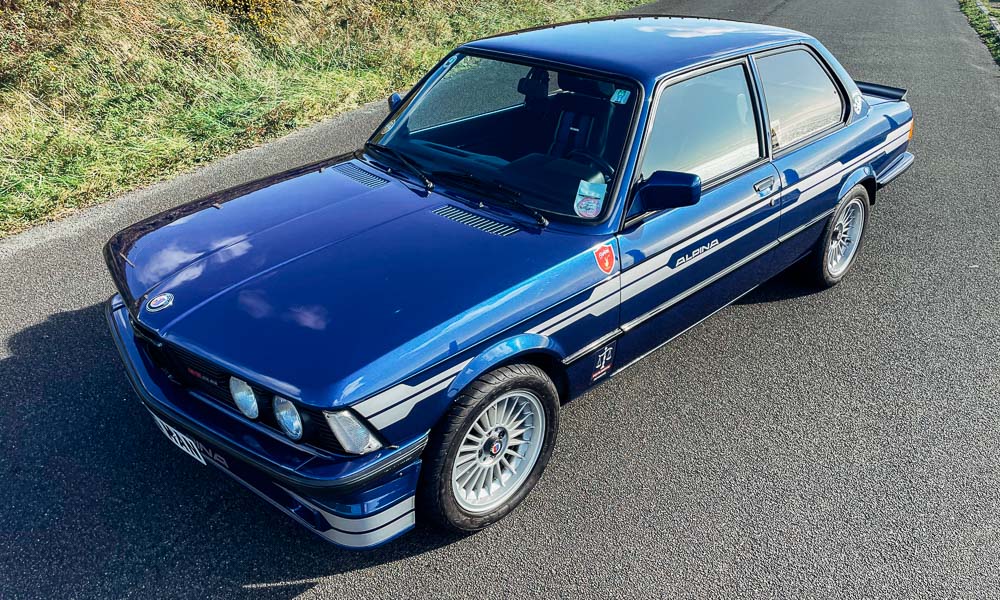
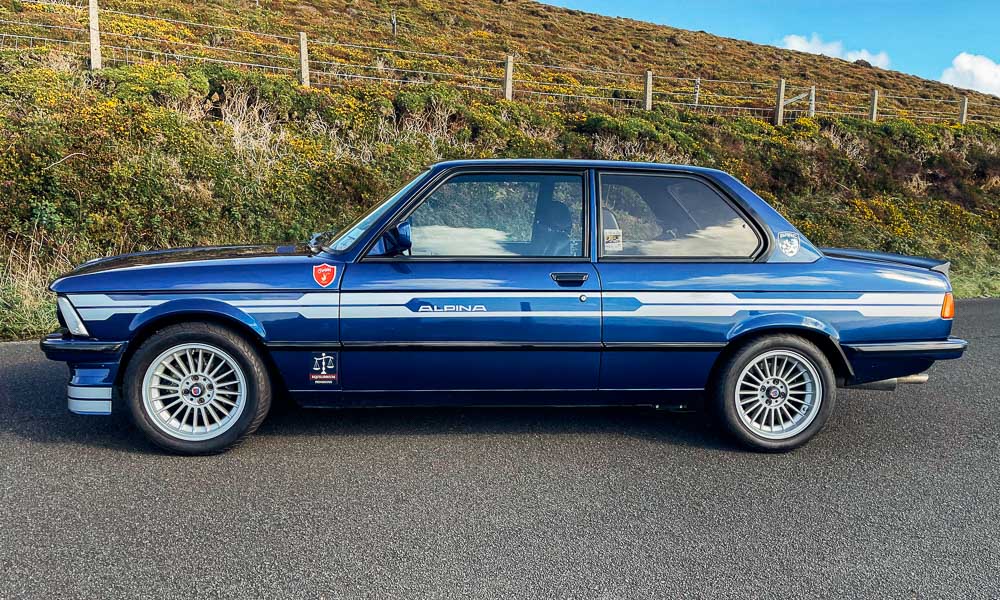
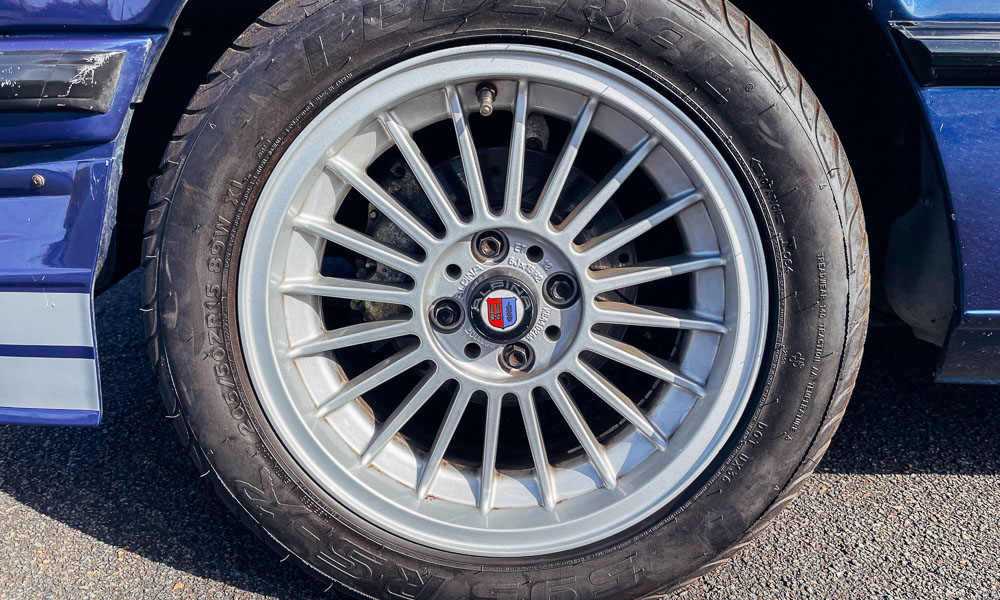
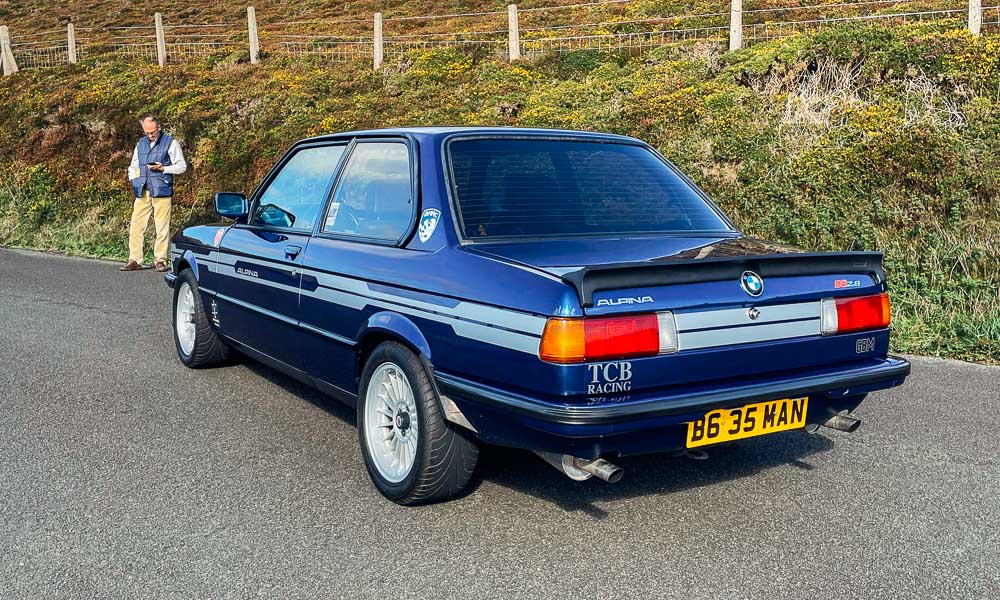
The B6 2.8 is often credited with helping to establish Alpina as a manufacturer. And even in today’s times, it’s anything but a slow car. First unveiled in 1978 and based on the 323i, it had its engine swapped for the big block from the 528i and a manual Getrag five-speed box instead of the factory-fitted four-speed version.
These and other modifications resulted in performance figures of 200hp and 248Nm, while the low weight of around 1,500kg meant real-life 0-100km/h times of just under seven seconds. On the performance side, it’s pretty much the same as the car I’m driving every day, which is also a BMW. But the B6 and my i3 are so different that they may as well be from different planets.
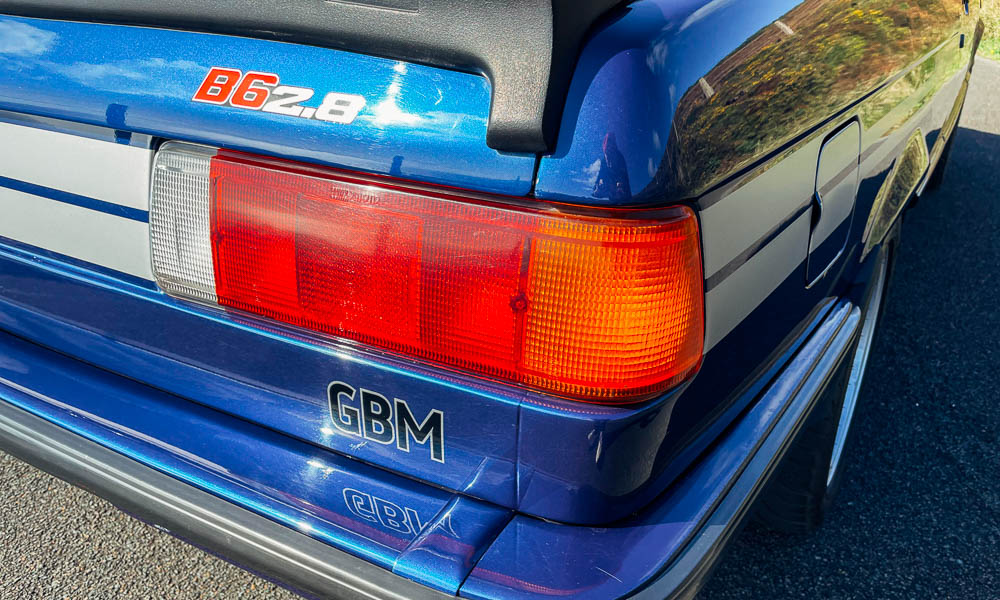
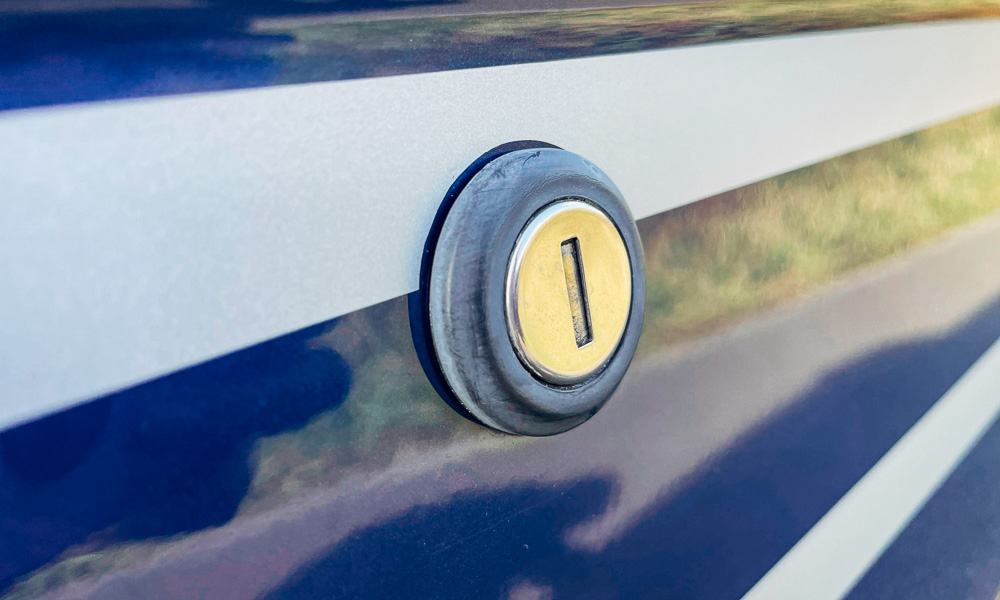
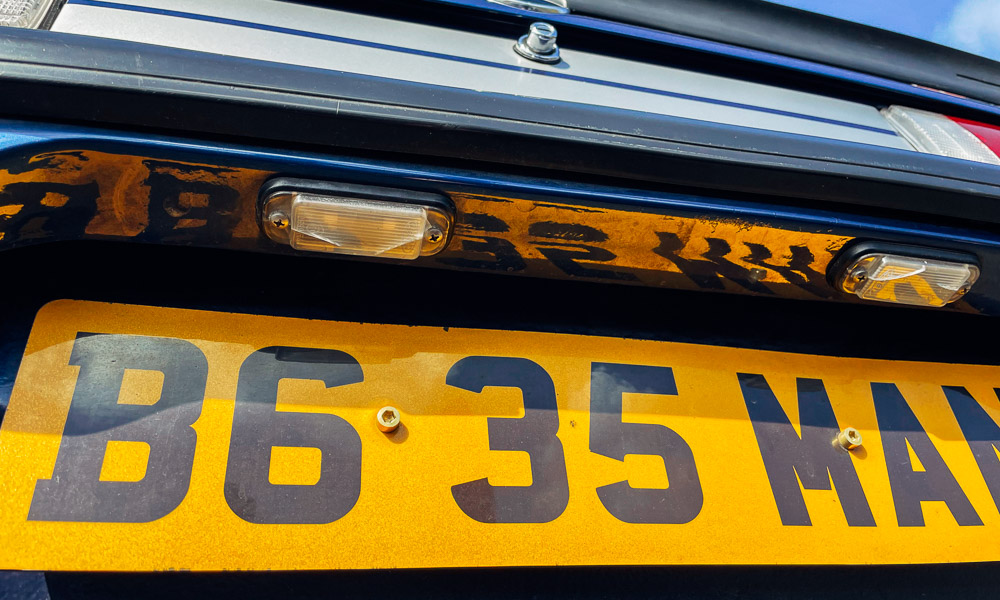
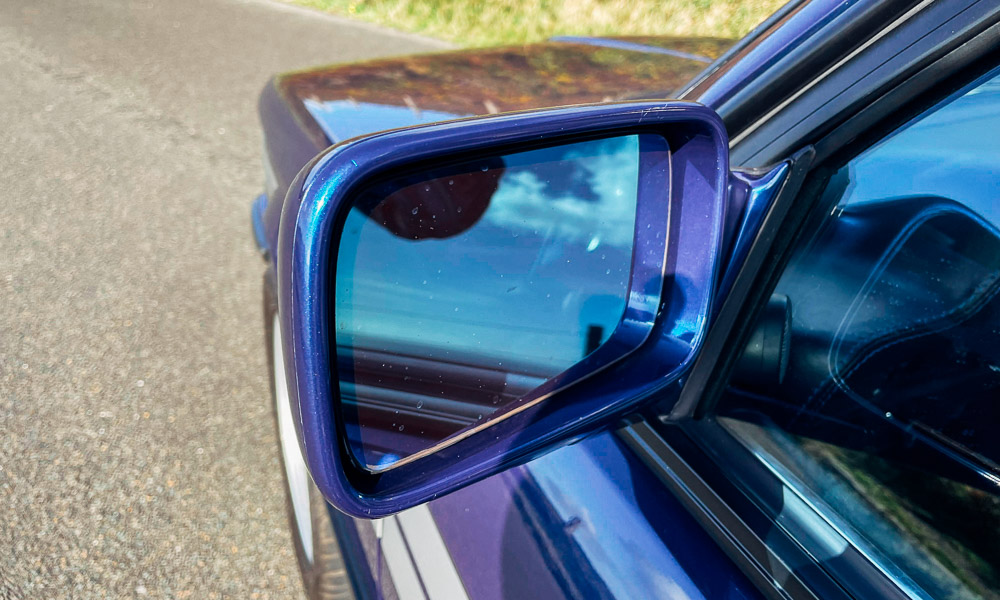
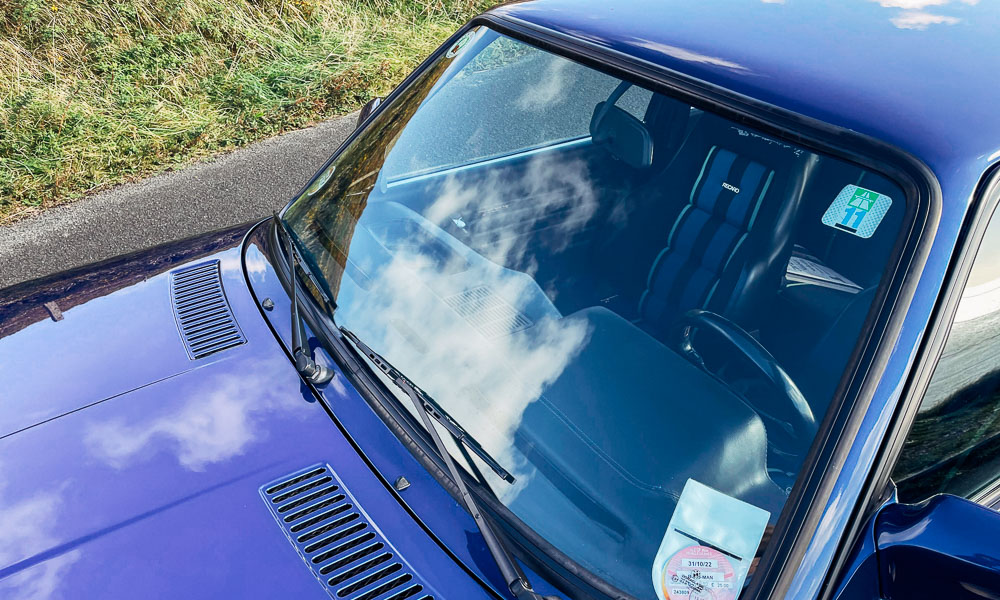
The Alpina is pure and simple, and connects with you in a raw and honest way. It has power steering, but not like you know it. There are no fancy electronics to save your bacon if you run out of talent, and you are truly the master of your own destiny while sitting behind the wheel. Dynamic cruise control? Forget it. Collision avoidance system? Yes, it’s called the driver, and as long as he avoids collisions, there won’t be any.
No touchscreens, no complicated infotainment systems, no complicated menus, and almost no electronics mean it’s you who’s doing the driving in this speed machine. That’s a rarity in a world where cars are seemingly doing more and more of the driving for us.
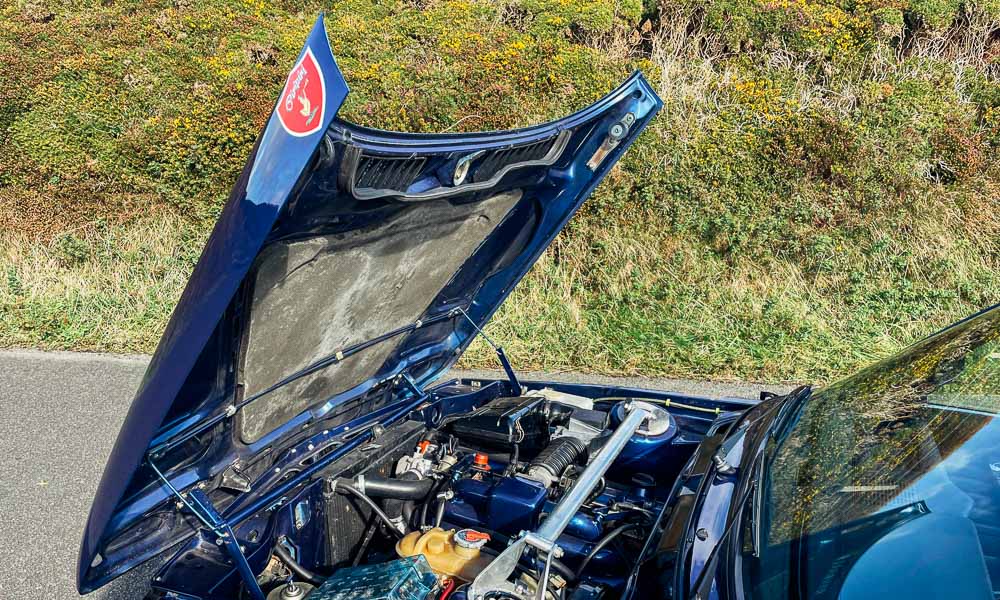
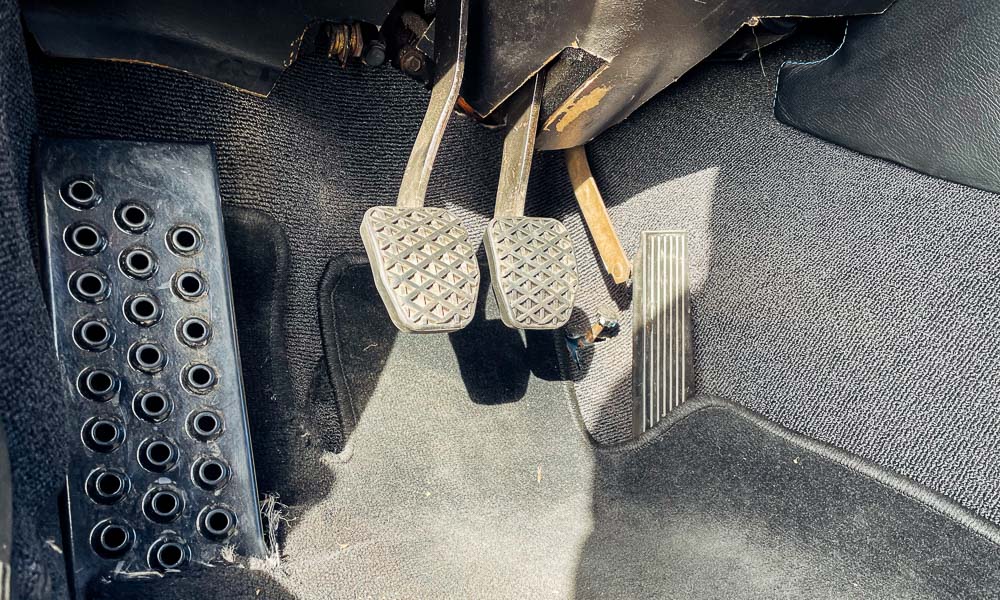
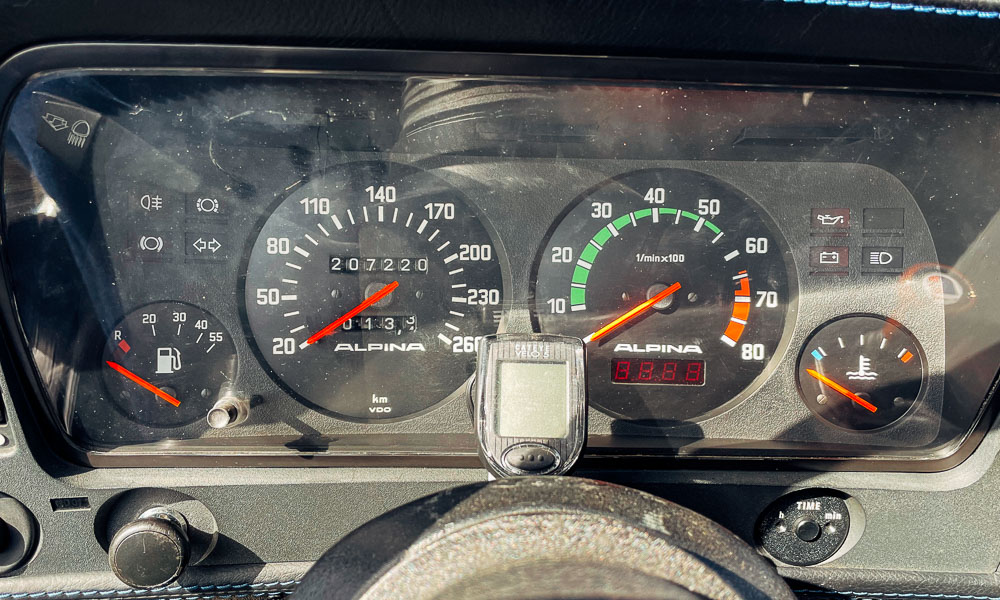
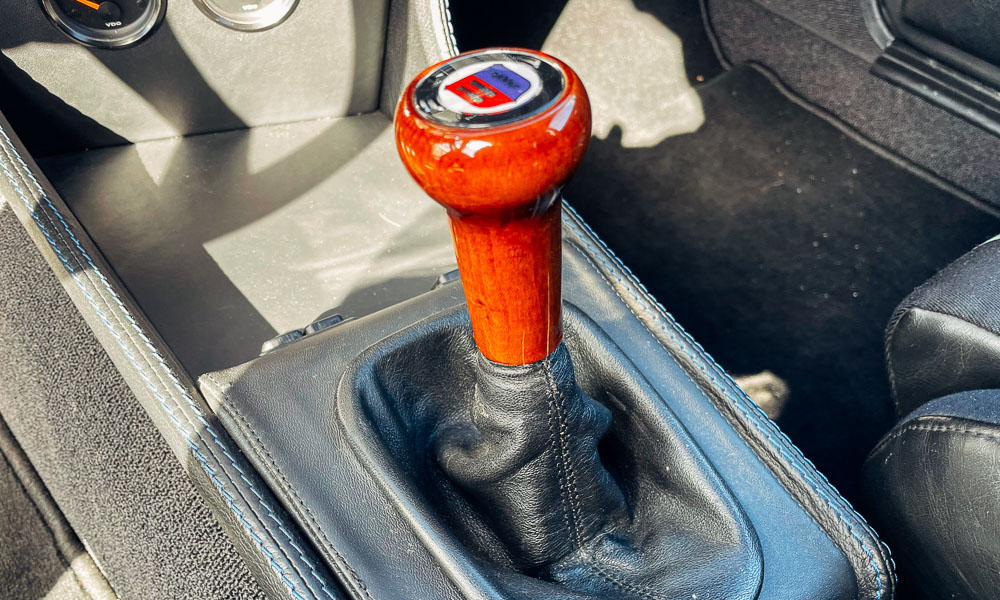
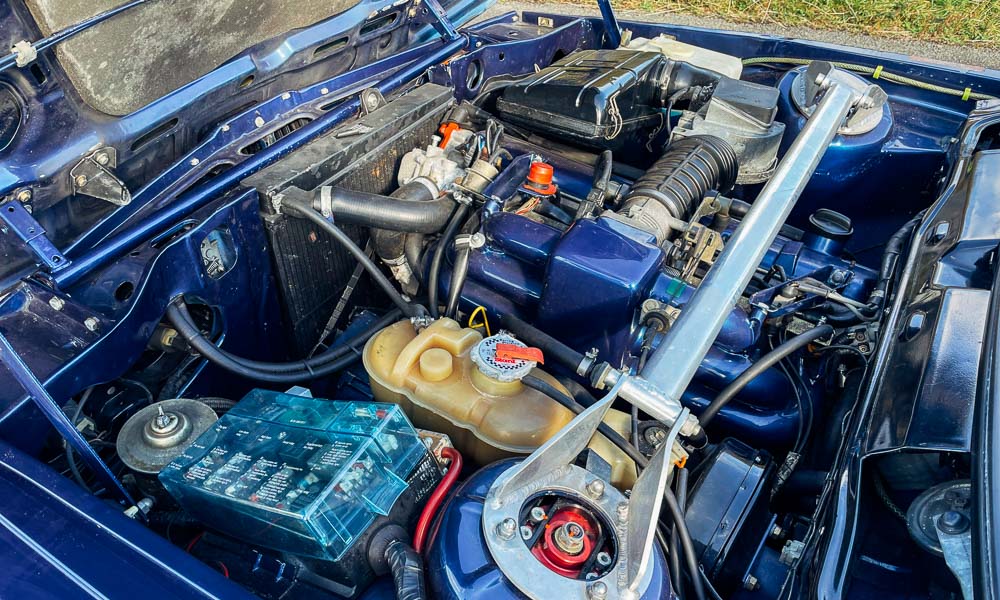
Imagine you’re a brand-new learner driver these days. You will inevitably learn to drive in a modern car with traction control, driver-assistance systems, and an almost total disconnect between the mechanical components of the vehicle and yourself. Literally, the only thing I can check on my i3 is the water level for the windscreen washer, and that’s pretty much the same story on most modern cars, electric or ICE.
Flip the hood of the Alpina forward and you are greeted by six cylinders of greatness with not a plastic engine cover in sight. Need to change the alternator, check the belts, or change the filters as part of a routine service? They’re all there, easy to reach, and proudly on display.
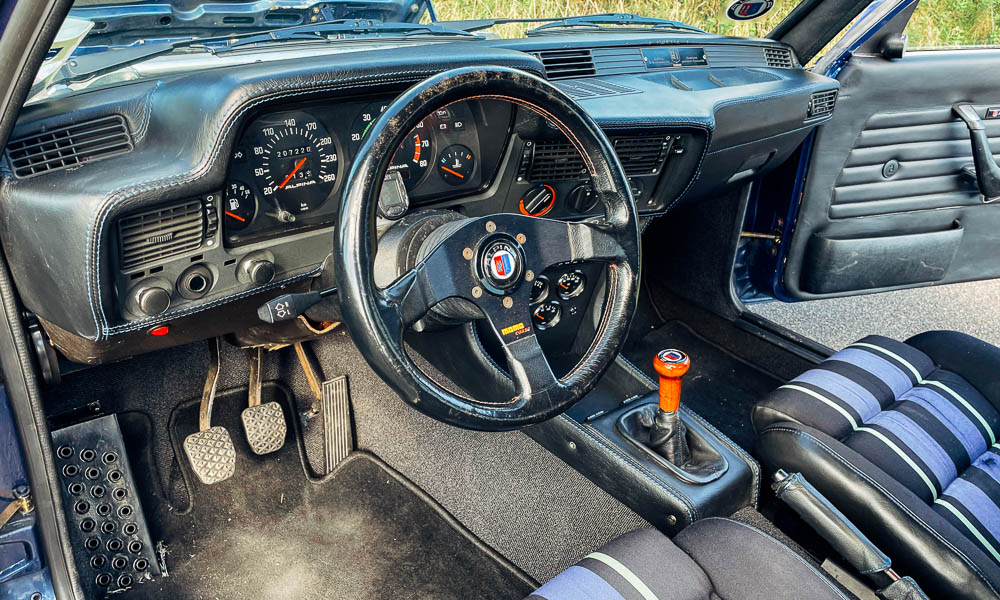
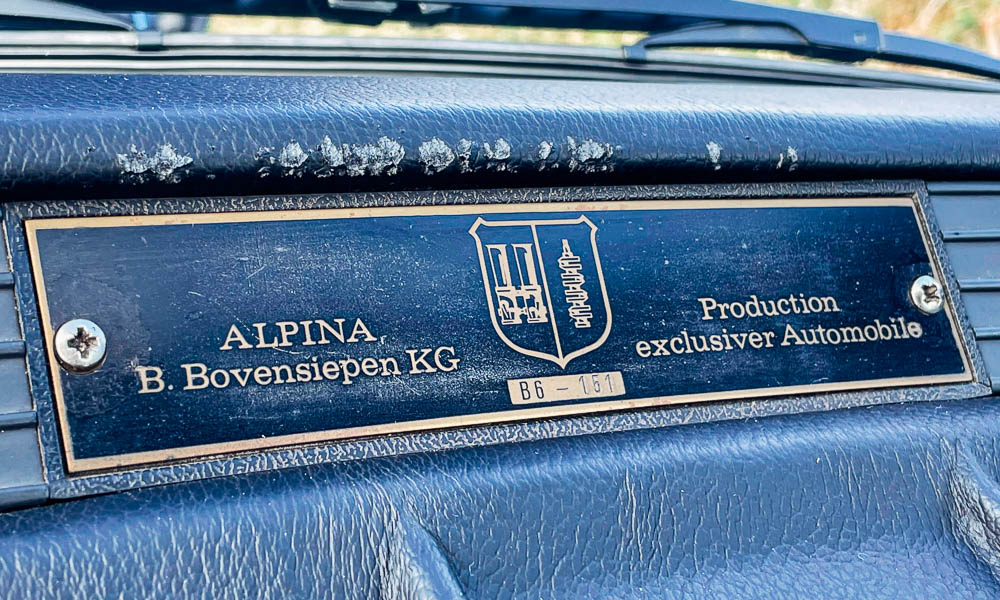
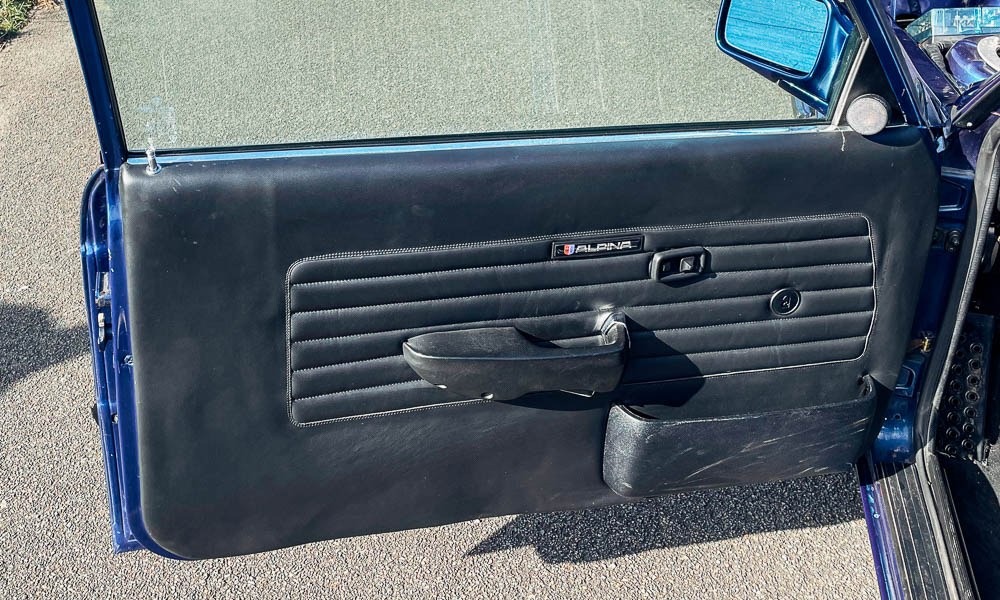
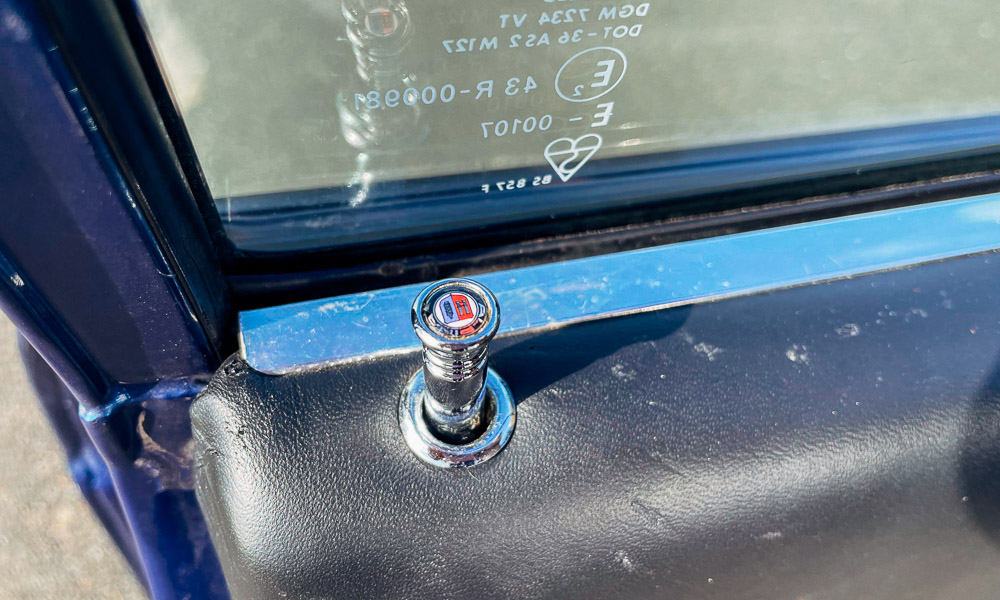
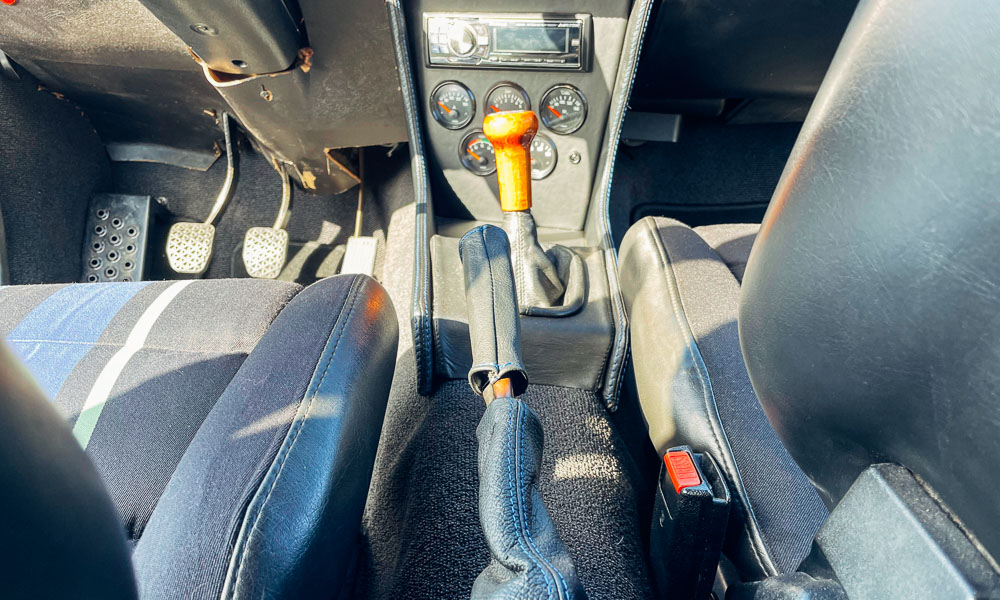
It’s easy to dismiss admiration for old cars as nostalgia by aging blokes trying to relive their youth, but I think there’s a serious point to be made when it comes to asking the young drivers of today to learn the art of driving in motors from days gone by.
The increasing disconnect between driver and car, and the fact that modern vehicles cocoon their passengers and do much of the work for them, carry the risk that the person behind the wheel may not know how to react when things go really bad. If you rely on technology all the time, you’ll be on your own when that technology malfunctions or you exceed its capabilities.
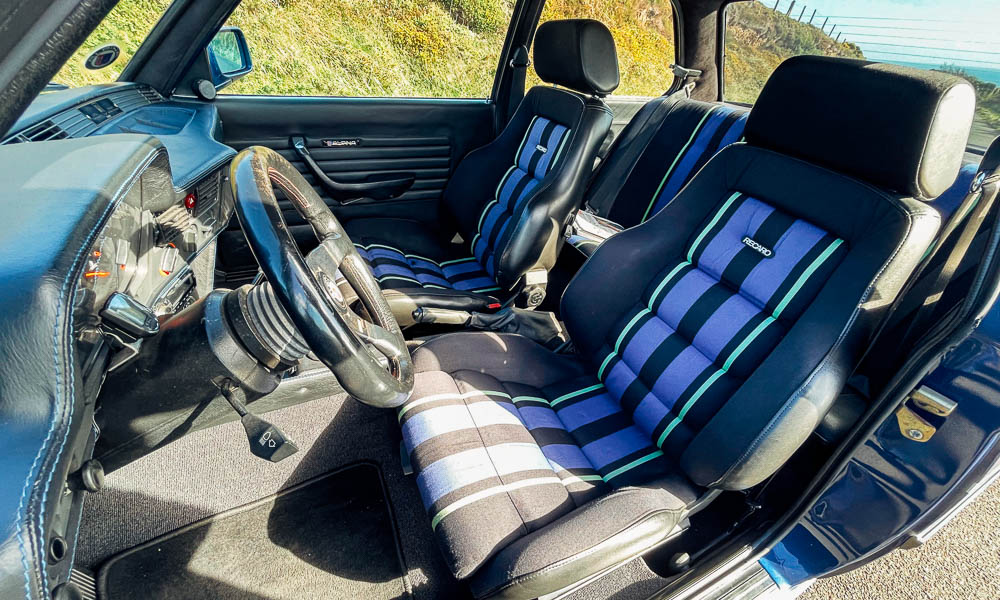
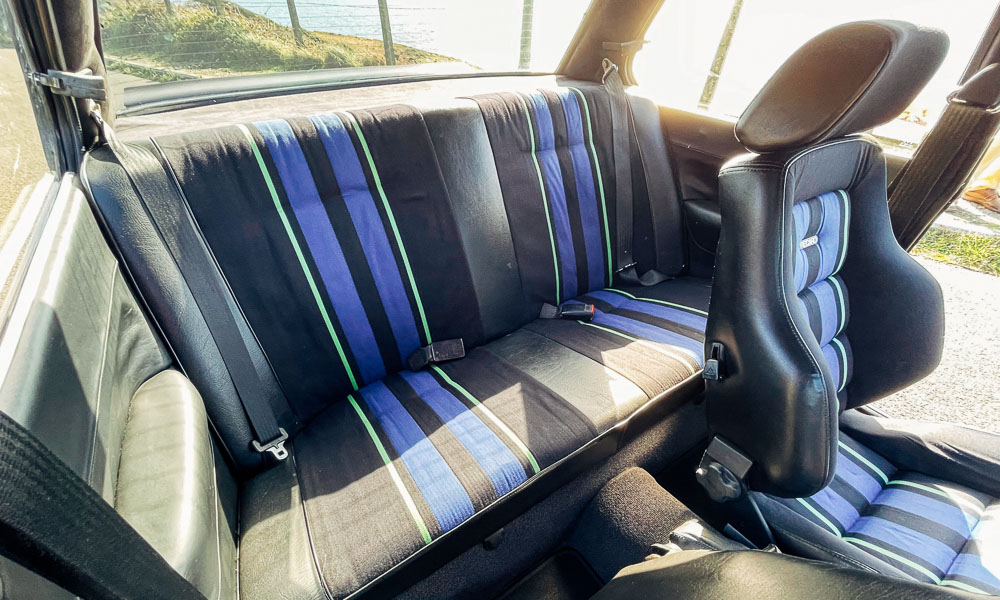
Drive an old car and it’s down to you to keep it shiny side up. By learning what it’s like to operate a simpler vehicle without fancy gadgets or advanced electronics, you will get a far better understanding of the basics of driving.
The physics behind it—the way a car should and should not behave—and what to do when things go sideways are all too important. All that knowledge will then benefit you greatly when you get behind the wheel of a modern car, and you will have a totally different appreciation for the way your metal box on wheels moves and functions.
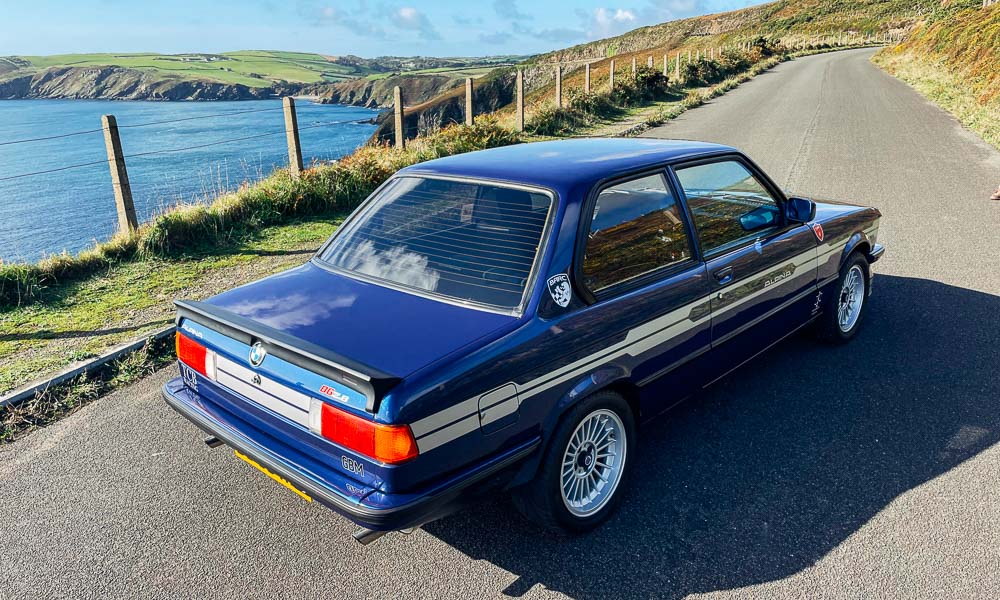
Sure, there’s a lot to be said about the cars of today being safer. They help us humans to be less silly behind the wheel by doing some of the thinking for us, but I’m not proposing we go back to the times of the B6 completely.
Rather, we should just incorporate some of that purity of driving into today’s motoring education. Let every new driver experience it so he or she knows what it’s like at the core and with all the electronic gizmos stripped out. We would end up with better drivers overall. And if they get to drive the Alpina, happier ones, too.


0 Comments